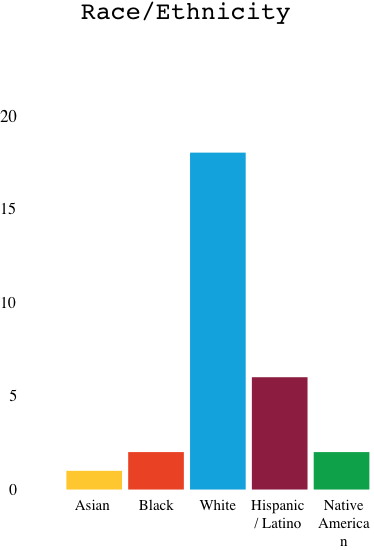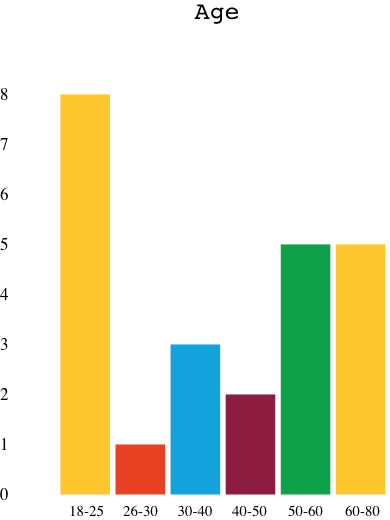methodology
What is engagement reporting?
Engagement reporting takes the basic principles of journalism — sharing truth, exposing injustice, telling stories — and reimagines them in ways that better serve and involve the communities being covered. This type of journalism, which comes from within the community, directly addresses the challenges facing the community and serves the public good.
How is this different from traditional journalism?
Engagement reporting requires journalists take an active role in the communities they cover. Rather than looking primarily to “expert” sources who already have a public platform to share their ideas, engagement reporting looks to members of the community to share and advocate for their interests.
Engagement reporting involves community members in the reporting process all the way through, from forming story ideas to writing to publication. In this process, journalists become closer with the communities they cover and build a more trusting relationship that benefits the community as a whole.
While traditional journalism tends to be more fast-paced, engagement reporting requires extended commitment and communication with community members. This includes taking actionable steps that help the community based on what needs people have expressed. In engagement reporting, the main goal is not just to produce stories or content, which can be extractive — it’s to build and serve a community through listening and understanding.
Engagement reporting requires journalists take an active role in the communities they cover. Rather than looking primarily to “expert” sources who already have a public platform to share their ideas, engagement reporting looks to members of the community to share and advocate for their interests.
Engagement reporting involves community members in the reporting process all the way through, from forming story ideas to writing to publication. In this process, journalists become closer with the communities they cover and build a more trusting relationship that benefits the community as a whole.
While traditional journalism tends to be more fast-paced, engagement reporting requires extended commitment and communication with community members. This includes taking actionable steps that help the community based on what needs people have expressed. In engagement reporting, the main goal is not just to produce stories or content, which can be extractive — it’s to build and serve a community through listening and understanding.
What is a listening session?
Listening sessions are small gatherings of community members, hosted by journalists, where people discuss topics of interest to the community with the goal of increasing understanding and coming up with solutions to problems facing the community. This class used Cortico’s Local Voices Network framework to host community conversations.
The sessions typically involve four to six community members and two journalist hosts. The sessions last around 90 minutes. During each session, participants introduce themselves and respond to prompts from the hosts about the session’s topic.
Rather than talking about general thoughts, ideas and opinions, which can escalate conflict and detract from listening, participants have a productive conversation based on their personal experiences with the topic.
Who did we talk to?
Before the course, instructor Celeste Sepessy and student editor Miguel Torres identified community partners to work with for the duration of the class and beyond. These organizations specifically work with unhoused people and populations that are disproportionately affected by housing insecurity, like people of color and members of the LGBTQ community, especially youth.
ASU’s community engagement reporting students hosted listening sessions through seven community groups: First Place AZ, Phoenix College Social Justice Org, Phoenix College Rainbow Spectrum Club, Paz de Cristo, Phoenix Rescue Mission and one•n•ten. Many of the people in these discussions had experienced homelessness or been affected by housing insecurity before.
Using Local Voices Network’s software, students analyzed the listening sessions to identify key themes across conversations — and used this information to determine story ideas and angles. Students also conducted background interviews with organizational leaders and follow-up interviews with participants and other sources. The quotes used in these stories are from both these follow-up interviews and listening sessions.


